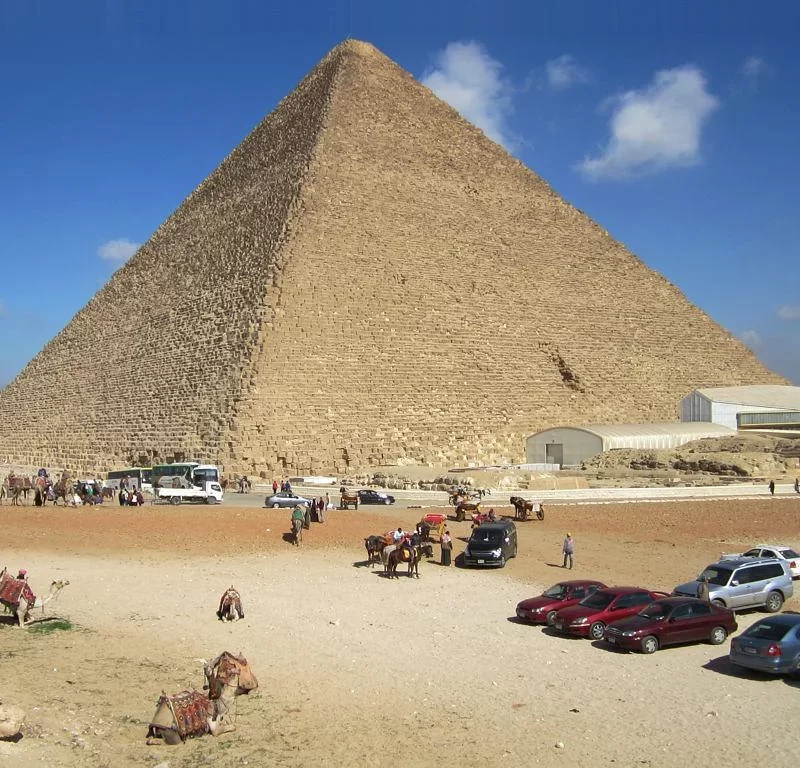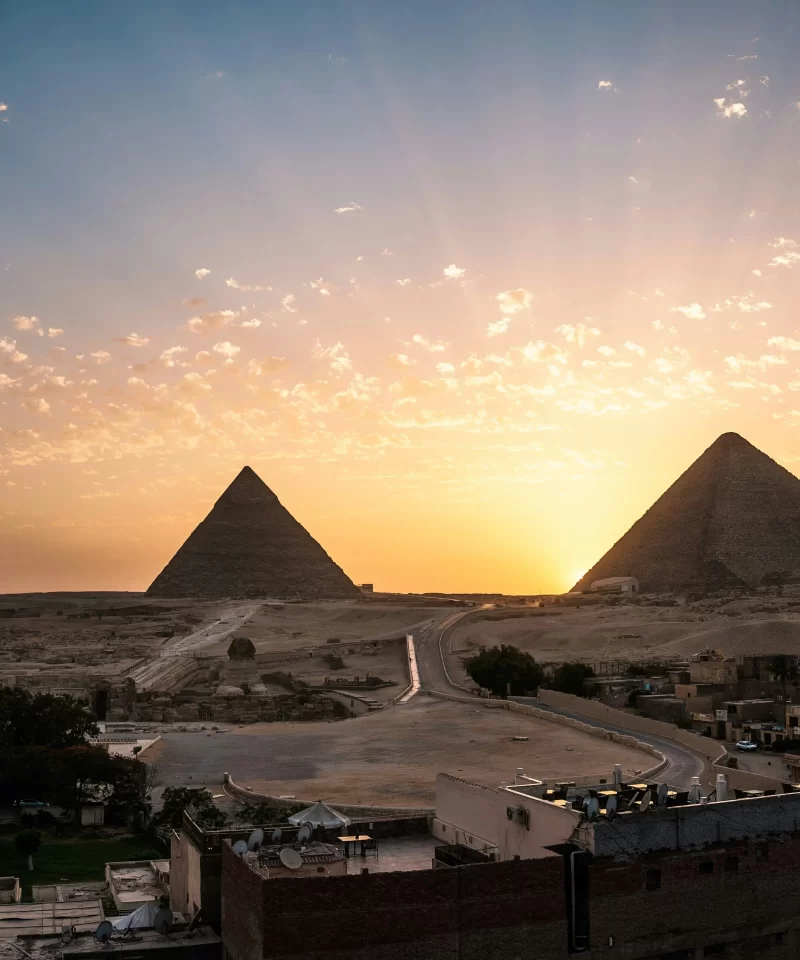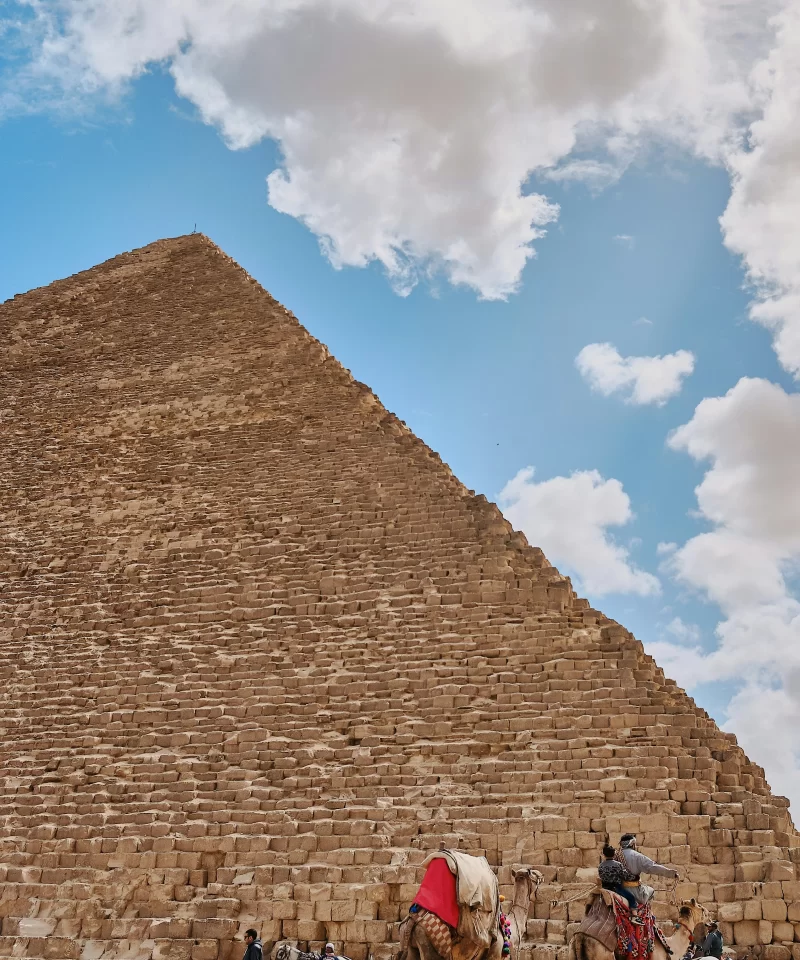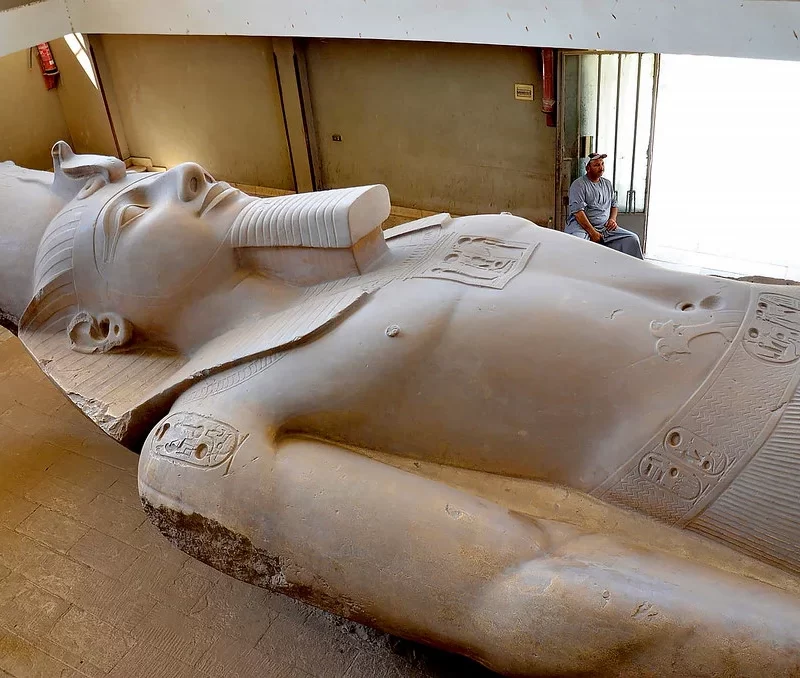Giza pyramids tours
Giza pyramids tours Embark on an unforgettable journey with and discover the last surviving wonder of the ancient world. Located on the Giza Plateau near Cairo, the Great Pyramids of Giza—comprising the pyramids of Khufu, Khafre, and Menkaure—are a testament to the ingenuity and grandeur of ancient Egyptian civilization. These monumental tombs, built over 4,500 years ago, were designed to honor pharaohs and ensure their eternal legacy.
Cairo Pyramids Tour & Egyptian Museum – Unforgettable Cairo Trip Experience
Cairo Pyramids Tour & Egyptian Museum – Unforgettable Cairo Trip Experience Enjoy an unforgettable […]
From$60$60
View DetailsTour To Pyramids,Sphinx ,Memphis,Saqqara
Tour To Pyramids,Sphinx ,Memphis,Saqqara Tour To Pyramids,Sphinx ,Memphis,Saqqara Embark on an unforgettable journey to […]
Giza Pyramids private tour:Pyramids,Sphinx ,Memphis,Saqqara
"Embark on an unforgettable journey through time with our Giza Pyramids Private Tour—experience the magic of ancient Egypt up close, explore the iconic pyramids and Sphinx with an expert guide, and create memories that will last a lifetime. Book your adventure today and step into history!"
Giza Pyramids private tour:Pyramids,Sphinx ,Memphis,Saqqara Giza Pyramids private tour:Pyramids,Sphinx ,Memphis,Saqqara are one of the […]
From$60
View DetailsVisit Giza Pyramids,Sphinx ,Memphis,Saqqara
Visit Giza Pyramids
Visit Giza Pyramids,Sphinx ,Memphis,Saqqara Visit Giza Pyramids,Sphinx ,Memphis,Saqqara If you’re planning to , this […]
From$60
View DetailsGiza Pyramids and Sphinx tour
Giza Pyramids and Sphinx tour
Giza Pyramids and Sphinx tour Giza Pyramids and Sphinx tour Embark on a once-in-a-lifetime […]
From$60
View DetailsGiza Pyramids tour,Sphinx ,Memphis,Saqqara
Giza Pyramids Tour, Sphinx, Memphis, and Saqqara Giza Pyramids Tour, Sphinx, Memphis, and Saqqara […]
From$60$60
View DetailsGiza Pyramids Day Tour: Full-Day Exploration of Ancient Egypt
Giza Pyramids Day Tour: Full-Day Exploration of Ancient Egypt Giza Pyramids Day Tour Embark […]
From$50
View Detailsviagem egito piramides , pirâmide de saqqara,Mênfis
viagem egito piramides : Uma Jornada Mágica pela História Antiga viagem egito piramides Se […]
passeio piramides egito ,pirâmide de saqqara,Mênfis
passeio piramides egito ,pirâmide de saqqara,Mênfis Excursão em Gizé e Saqqara Descubra a grandiosidade […]
full day tour to giza pyramids memphis and sakkara
full day tour to giza pyramids memphis and sakkara full day tour to giza […]
From$50
View Details








